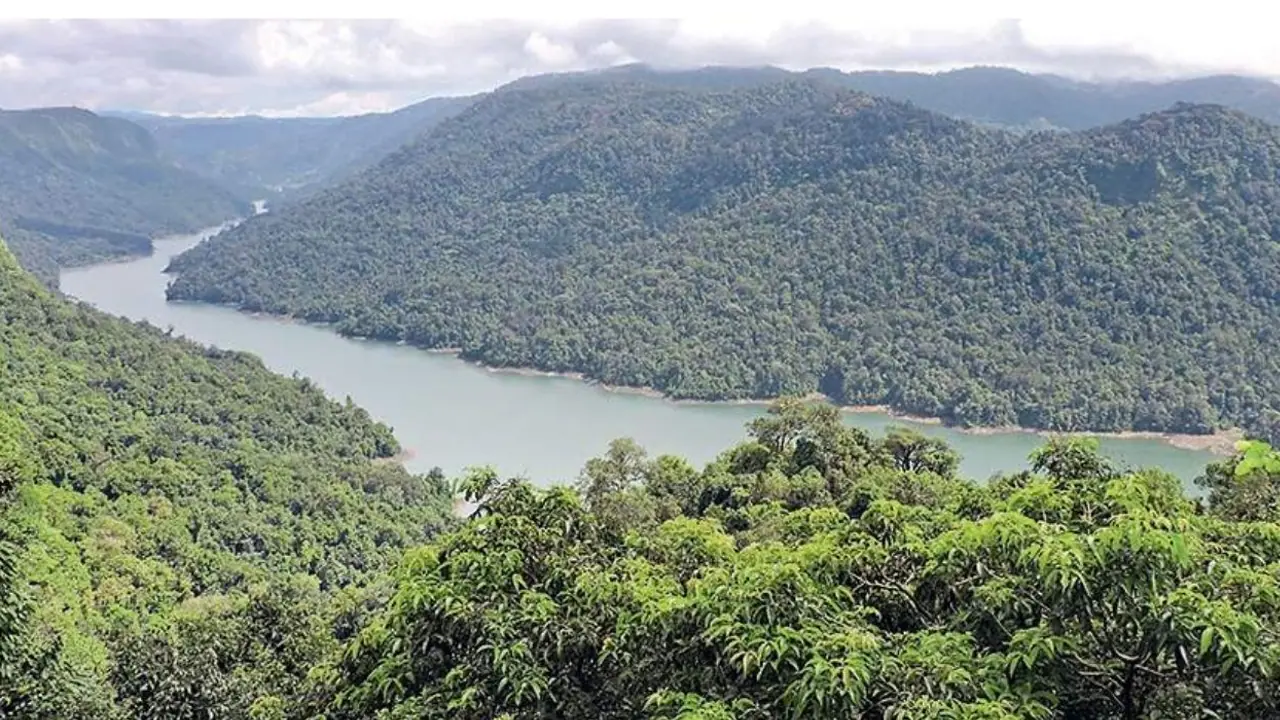The Sharavathi Pumped Storage Project, proposed by KPCL, threatens the Sharavathi Sanctuary, home to the endangered lion-tailed macaque, with the felling of 14,000 trees and potential disruption to local wildlife. Environmentalists warn of long-term ecological damage, urging authorities to reconsider the project.
The controversial Sharavathi Pumped Storage Project is set to disrupt the delicate ecosystem of the Sharavathi Sanctuary, home to the endangered lion-tailed macaque. The project will require blasting, heavy machinery, and the felling of thousands of trees, potentially damaging one of India’s most ecologically sensitive areas.

The 2,000-megawatt project proposed by Karnataka Power Corporation Limited (KPCL) involves the construction of massive tunnels and powerhouses that will span over 378 acres, including 126 acres of forest land. This project has sparked concern among environmentalists and wildlife experts due to its potential impact on the biodiversity of the Western Ghats, according to a report in Deccan Herald.
Intense combing operations launched in Kodagu following Naxal leader Vikram Gowda's encounter
The Sharavathi Sanctuary, known for its rich flora and fauna, will be directly affected. Of the 126 acres of forest land, 97 acres fall within the sanctuary’s boundaries. This includes critical habitats for the lion-tailed macaque, a rare primate found only in these forests. The project will also disturb other wildlife such as leopards, sloth bears, pangolins, and the Malabar grey hornbill.
The primary concern is the felling of around 14,000 trees, with 13,774 trees in the Honnavar division alone. These trees belong to more than 20 species, many of which are endemic to the region. The environmental toll of this deforestation is immense, as the Western Ghats are recognized as one of the world’s biodiversity hotspots.
KPCL has explained that the project involves building large tunnels to channel water from the Talakala Dam to turbines in a powerhouse. The water will then be discharged into the Gerusoppa reservoir through other tunnels. The construction will rely heavily on the "drill and blast method," which involves controlled explosions to clear rock for tunnelling.
The project’s proposed drilling methods, which include using hydraulic jumbo drills, have raised concerns about potential disruptions to the surrounding environment. The proposed tunnels will be over 2.3 km long, and the excavation for the powerhouse, located on a hill, will involve considerable drilling and blasting.
Despite these concerns, KPCL has pledged to take steps to mitigate environmental damage. The company has promised to minimize the disruption of the forest canopy and limit the felling of trees. It also plans to upgrade existing roads and construct new ones to ensure that wildlife can safely cross the construction sites. KPCL claims that about half of the 97 acres in the sanctuary will be used for underground structures like tunnels and surge chambers, which are expected to cause minimal disturbance.
However, environmentalists remain unconvinced. Akhilesh Chipli, a conservationist from Sagar, criticized the project for prioritizing energy production over environmental protection. He pointed to the long-lasting damage caused by previous projects, such as the Bhadra Upper River Project, which displaced hundreds of elephants when the Linganamakki dam submerged their natural habitat.
The total cost of the Sharavathi Pumped Storage Project is estimated at Rs 8,005 crore. While the project promises to boost Karnataka’s power supply, its ecological consequences have raised serious alarms. The construction of such large-scale infrastructure in one of India’s most sensitive and biodiverse regions highlights the difficult balance between development and environmental preservation.
Karnataka govt planning Green cess for western ghats conservation: What you need to know
The project is still under review, and the forest department has pointed out discrepancies in the data provided by KPCL regarding land requirements and tree felling. They have asked the user agency to correct these details before further approvals are granted.
As the debate over the Sharavathi Pumped Storage Project continues, it is clear that the future of the Western Ghats and its unique wildlife, including the lion-tailed macaque, hangs in the balance. Environmentalists are urging authorities to reconsider the long-term impacts of this development on one of the world’s most critical ecosystems.
